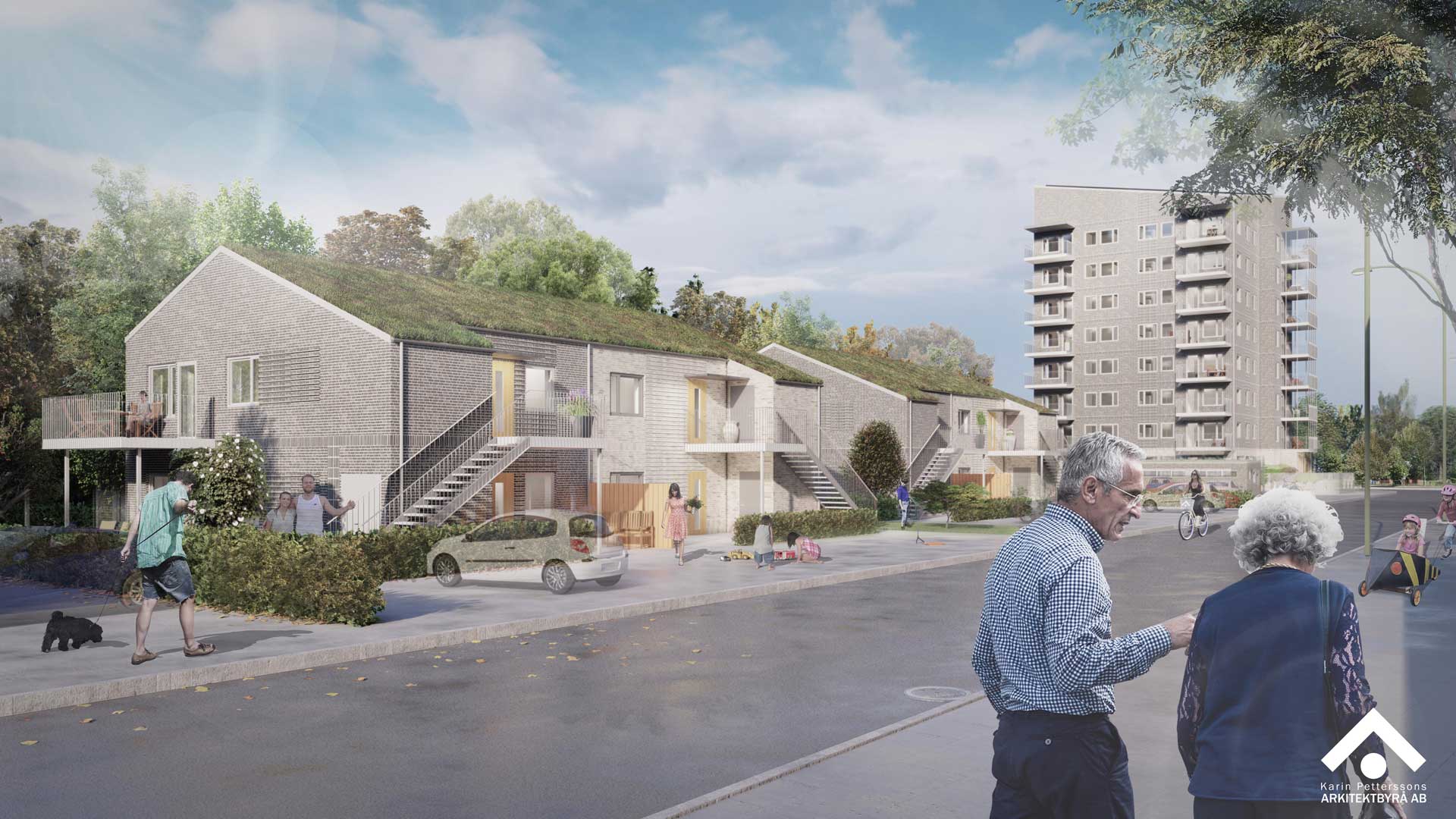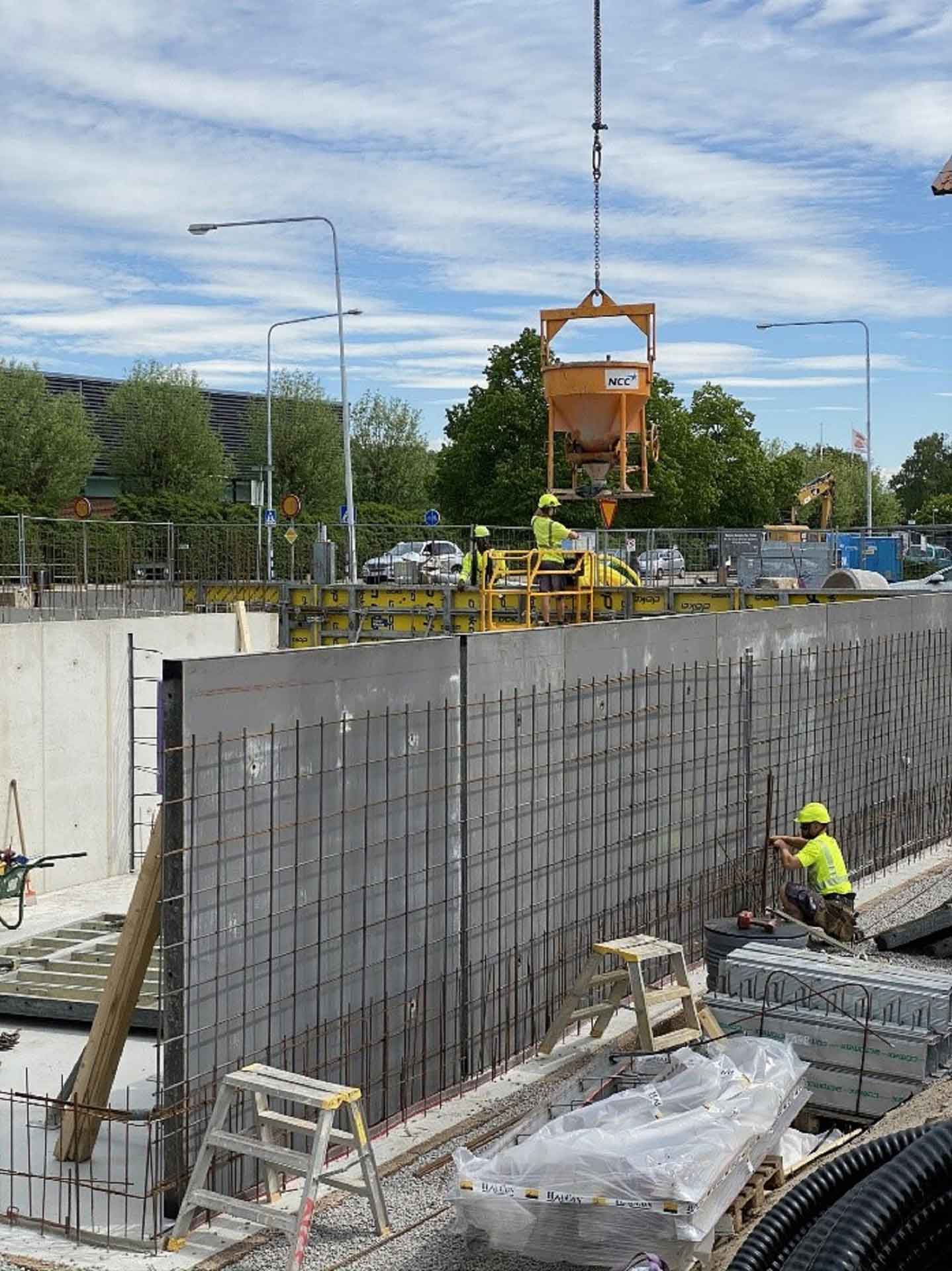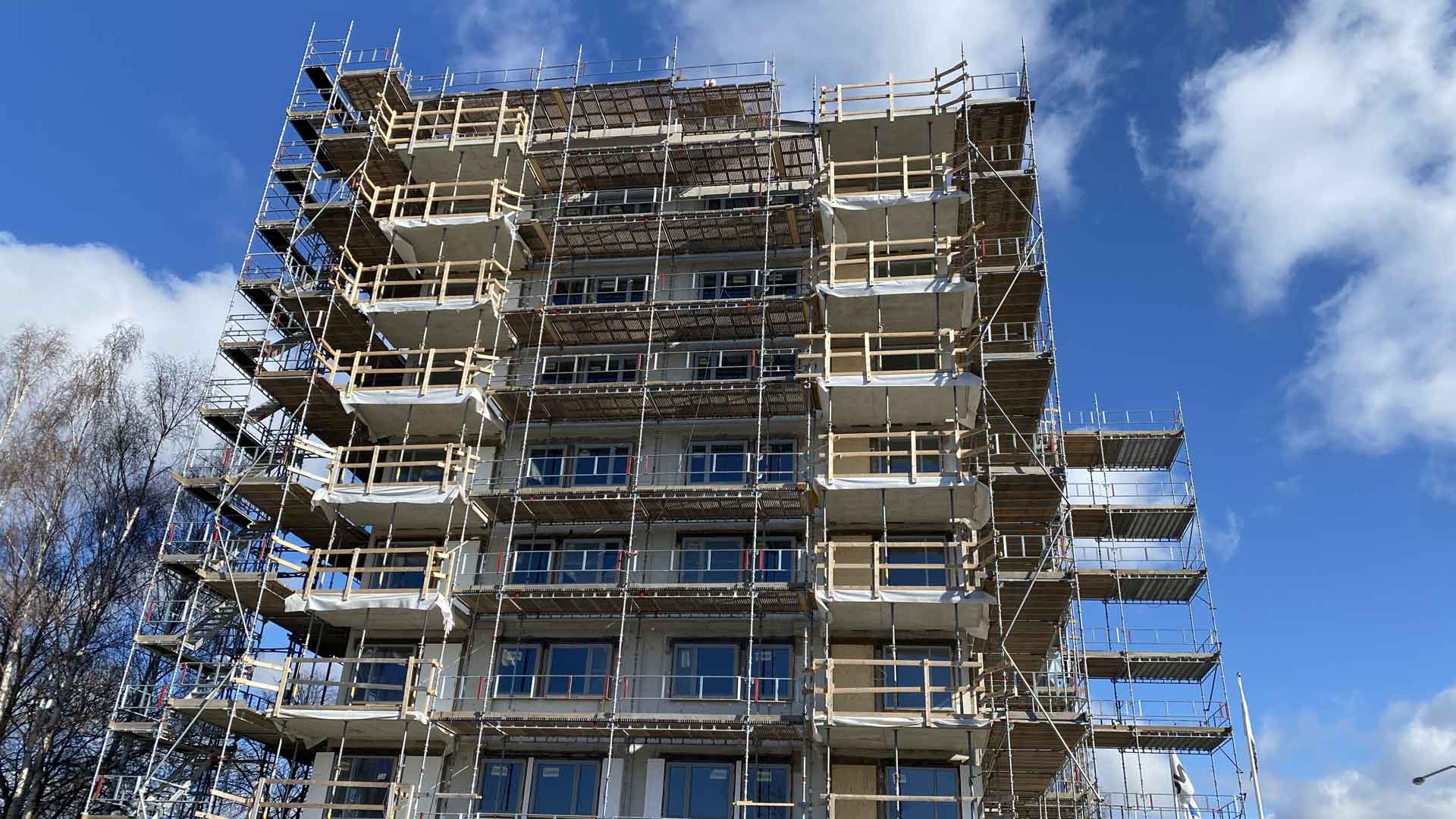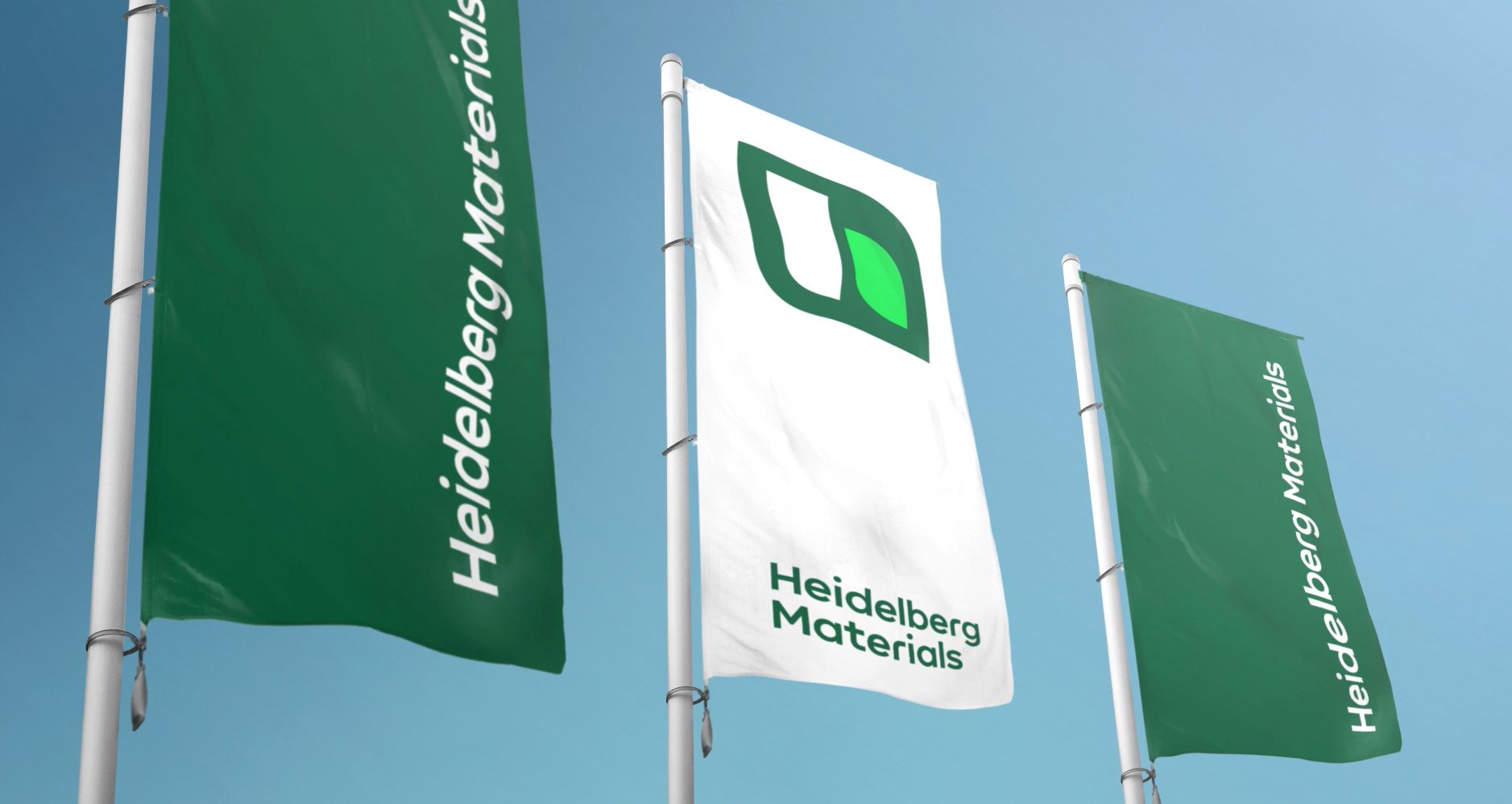Low Carbon Concrete (LC2)
Helping customers reduce their carbon footprint
Whether it’s groceries, financial products or construction materials: customers are looking for greener, more environmentally friendly products. Sustainable solutions are more necessary than ever to ensure business success and competitiveness. And, for Heidelberg Materials, product sustainability is an integral element of our strategic goal of carbon neutrality in concrete by 2050.
Low carbon concrete (LC2) technology is one way to reduce CO₂ emissions. The performance of hardened concrete is strongly influenced by the amount of water it contains in relation to the amount of cement and cementitious materials. By developing ways to reduce the amount of water needed to produce workable concrete, the amount of cement and cementitious materials can also be reduced without affecting strength and durability.
Heidelberg Materials has developed a concept for cost-effective green concrete solutions that offer performance on par with conventional mixes for specific applications. This is accomplished through careful selection of raw materials and a proprietary Advanced Mix Design tool to ensure a complementary mix, which reduces voids between solid particles and lowers the volumes of water and cement needed to reach the desired level of workability. The result is an ecologically and economically optimised product that pumps efficiently, reaches the desired strength on time and has equal or even better volume stability and durability than traditional concrete.
LC2 activities in Sweden
Heidelberg Materials has conducted several pilot projects in selected markets throughout Europe, North America and Australia to examine the potential for reduction of clinker content in concrete. In Sweden, several solutions for high-volume concrete applications with up to 50% less clinker than reference concrete mixes have been developed. Following the positive outcome of laboratory and ready-mix production trials, the newly developed LC2 solutions were then delivered to selected customers to gain first experience with these types of concrete and receive customer feedback.
Market introduction of BIO-concrete
After this pilot, Heidelberg Materials' Swedish subsidiary Heidelberg Materials Betong Sverige started offering LC2 concrete at the end of 2019 – branded as BIO-concrete.
Three types are now offered, with varying levels of clinker: BIO 1, 2 and 3 engender a 10%, 25% and 40% lower CO₂ footprint respectively, relative to the reference values given by the Swedish Concrete Association.
More information on available BIO-concrete products
Helsingborg project
So far, Betongindustri has delivered roughly 8,000 m³ of BIO-concrete to its customers, mainly for residential construction but also for some special and high-end applications. For instance, the company supplied BIO-concrete for the Helsingborg project. The project was realised in close collaboration with NCC AB, the largest construction company in Sweden, to build cost-effective residential units near Helsingborg (Högasten-Helsingborgsheim area).
The local authorities decided to take environmental issues into account in procurement tender and used the lowest price (80% weight) and the lowest climate impact (20% weight) criterion for selecting winning offer. Several offers have been received, but ready-mix concrete was both the cheapest option and had the lowest climate impact. In total, ca. 2,000 – 3,000 m³ of mainly BIO 3 concrete was delivered and used to build smart rental apartments with a low CO₂ footprint. The next project with the same concept and in the same area will start this year after summer holidays.
Going forward
Betongindustri is set to ramp up volumes and begin using low-carbon solutions for everyday applications. Structural designers, engineers, contractors and construction professionals on site are learning about the benefits and special requirements of BIO-concrete. Betongindustri is taking the lead, not only as a material supplier, but as a consultant in order to achieve the ambitious greenhouse gas emission targets established for the concrete industry in Sweden.
LC2 next steps
Several additional pilots have been started in Denmark, Germany, Poland and Spain. Similar to the pilot in Sweden, LC2 is being optimised for performance, cost and environmental impact through close collaboration between the respective Heidelberg Materials country organisations, local technical teams and experts from the various Group functions. LC2 plays an important role in reducing CO₂ emissions through concrete technology and delivers an essential contribution to fulfilment of Heidelberg Materials' ambitious climate goals. The future starts today!

Odengatan townhouse.

Sustainable concrete.

Residential construction with BIO concrete (from project in Högasten).

Residential construction with BIO concrete (from project in Högasten).

Odengatan townhouse.

Sustainable concrete.

Residential construction with BIO concrete (from project in Högasten).

Residential construction with BIO concrete (from project in Högasten).

